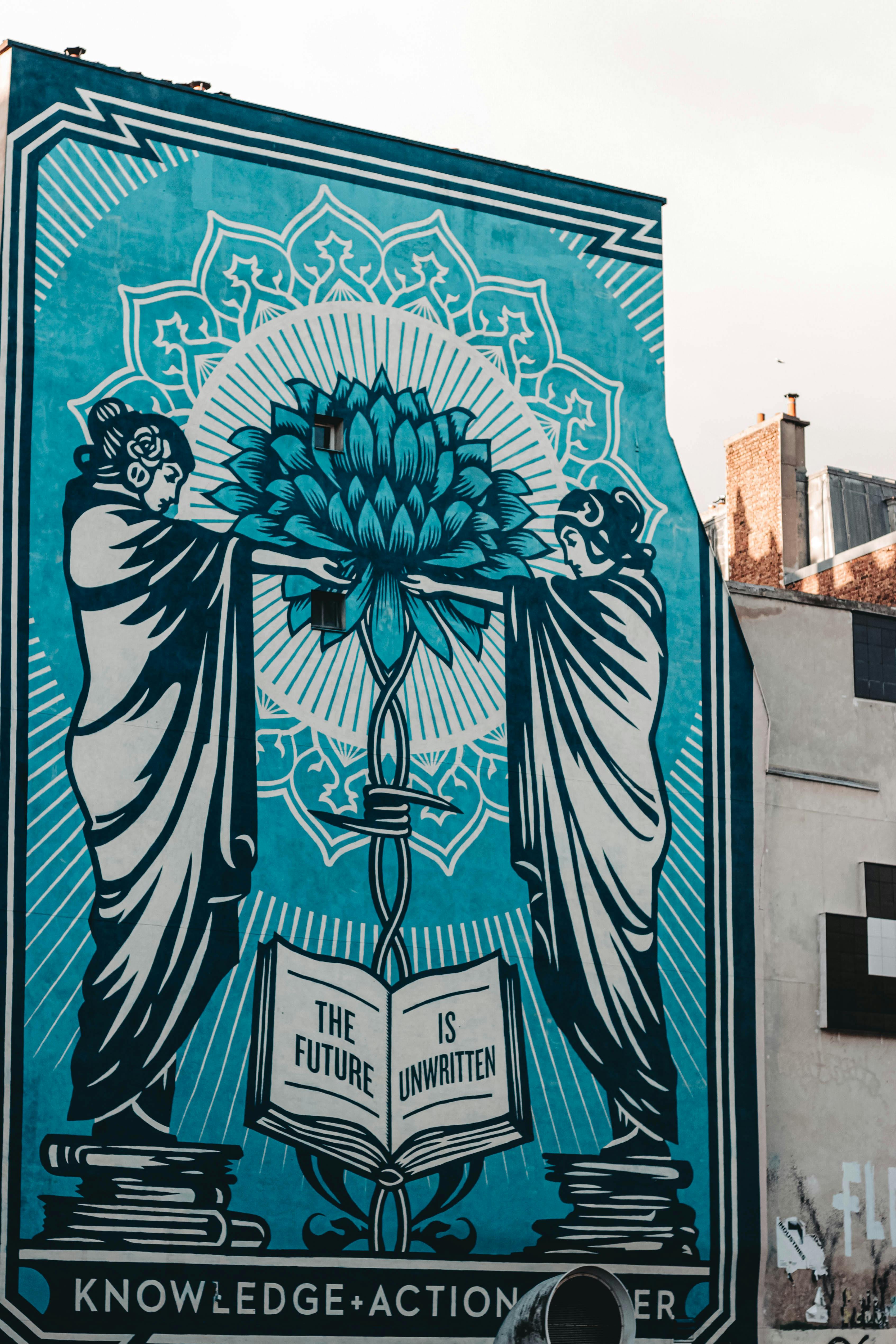Beliefs of bride in the Atlantic nations
5 December 2023Perfect CasinoMate around australia
5 December 2023In Central Asia, a marriage is a significant celebration that reflects the area’s wandering record. Although some norms were outlawed during the 60 to 70 ages of Soviet/russian rule, wedding continues to be a considerable event. This is mostly because of the fact that the individuals in this region https://guideposts.org/positive-living/health-and-wellness/life-advice/finding-life-purpose/7-things-you-may-not-know-about-st-valentine/ are generally huge, and each has its own specific beliefs.
In the past, a couple would spend time with their families before arranging their union. The marriage was usually held in fall or late summertime, when the climate is cooler and cheap food is available. The couple’s relatives would create a huge dinner and her female relatives would provide her gifts. In many regions the groom’s family do spend a dowry to the bride’s home, which could include horses, cattle, money, stitching or clothing.

The prospective man and his male relatives would then abduct the woman ( in the old nomadic weeks, by horses, today, by car). He would finally get her to the house of his kyrgyzstan girls for marriage parents or his household. His father and elder relatives may try to persuade the bride to put on a light shawl that signified her acceptance of the wedding, or risk pain and even death. This practise, known as ala kachuu, was outlawed during the Soviet age, but it appears to be making a comeback.
On the day of the bride, the person would be sent with her dowry wagon to the groom’s property. She may become expected to walk that outdoors, and on the means she was supposed to be showered with pastries and coins. She also had to croon goodbyes melodies before she left her parental apartment, such as the prominent Kyrgyz melody Koshtasi Zhari.
